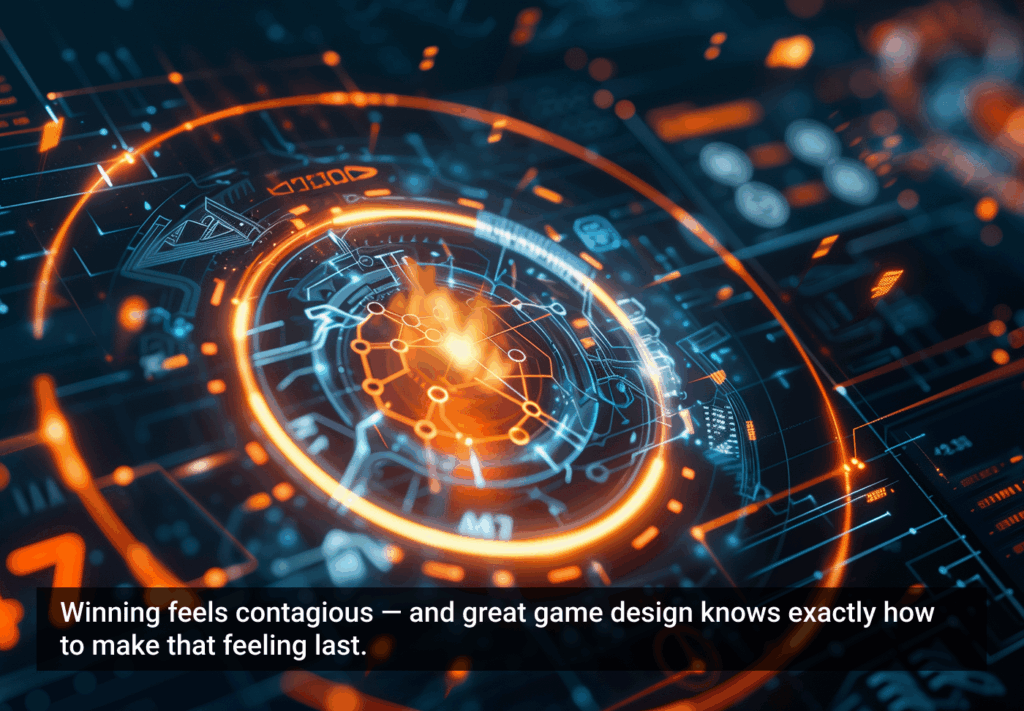Last weekend I sat on the Tube (the London Underground to international readers), Piccadilly line to be exact, heading into central London. A young man got on and sat down opposite me. He got out a little ASUS netbook, turned it on, and swiveled the lid to use it as a touchscreen. “Awesome,” I thought, “he’s got one of those cool touchscreen netbooks running Windows 7. I’d love one of those, it’d be so convenient.”
I watched the man use the laptop for a while, as he tapped at the screen and used two fingers to scroll on a page. It looked ace—it looked simple. But soon the experience turned sour.
I watched as the man pulled a stylus out from the side of the computer and started to tap at the screen. I thought styluses had been banned by international law since the introduction of the iPhone nearly two and a half years ago. Still, if there are still some things that can’t use the OS zoom function, then maybe a stylus has to be used.
I then received an even greater shock.
I watched in amazement as the man lifted up the screen to try and use the keyboard. Upside down. A CTRL + something command that was not present in the touchscreen menu.
Naturally, as a usability practitioner, I was horrified but continued to watch the bloke struggle. It took him five stabs and glances back at the screen to confirm the action was successful. By this time, the man looked thoroughly frustrated with his program’s choice of shortcut. Soon after, he packed up his laptop and got off the train.
What seems to be the moral story is that no matter how advanced your OS is, the applications that you run can still scupper the experience, especially with tablets. There are two solutions to this problem:
- The iPhone way: Touch is the only interaction option. No legacy apps are allowed. It’s an OS designed for touch and for touch only.
- The full screen keyboard way: Windows 7 may have a good touchscreen keyboard, but it isn’t implemented in all apps (the iPhone way). You would need a true full-screen multi-touch keyboard, adaptable to different screen sizes, to make it function correctly.
Hopefully there’s a third way: the Apple tablet way. We’ll wait and see about that…
This article was originally published on Steve’s blog.







